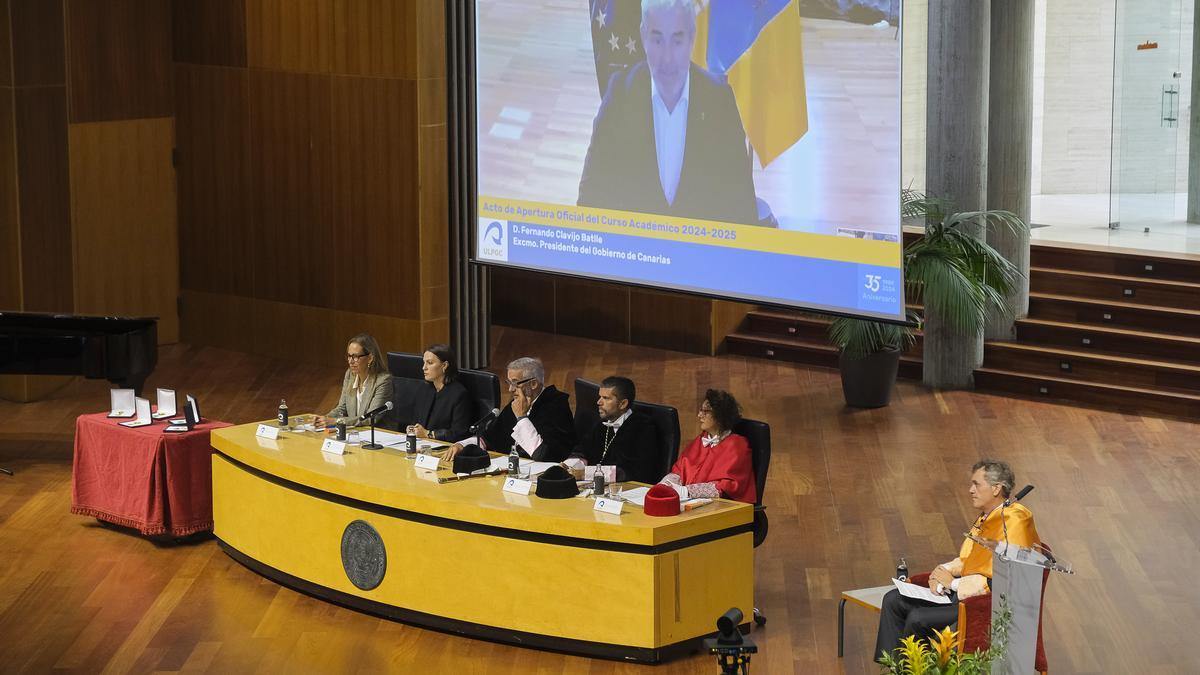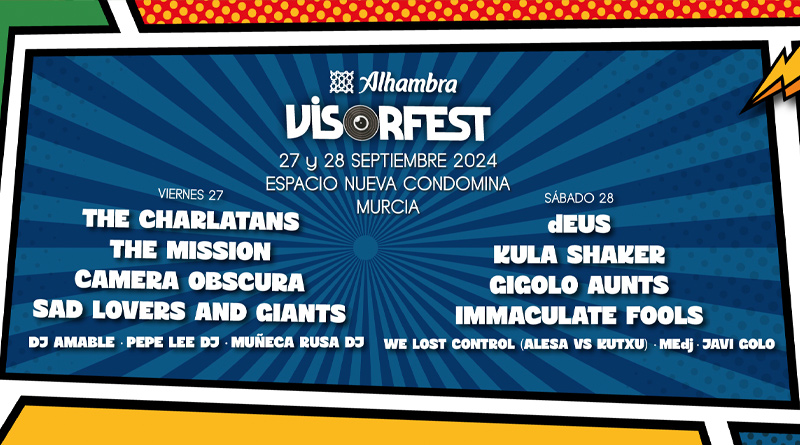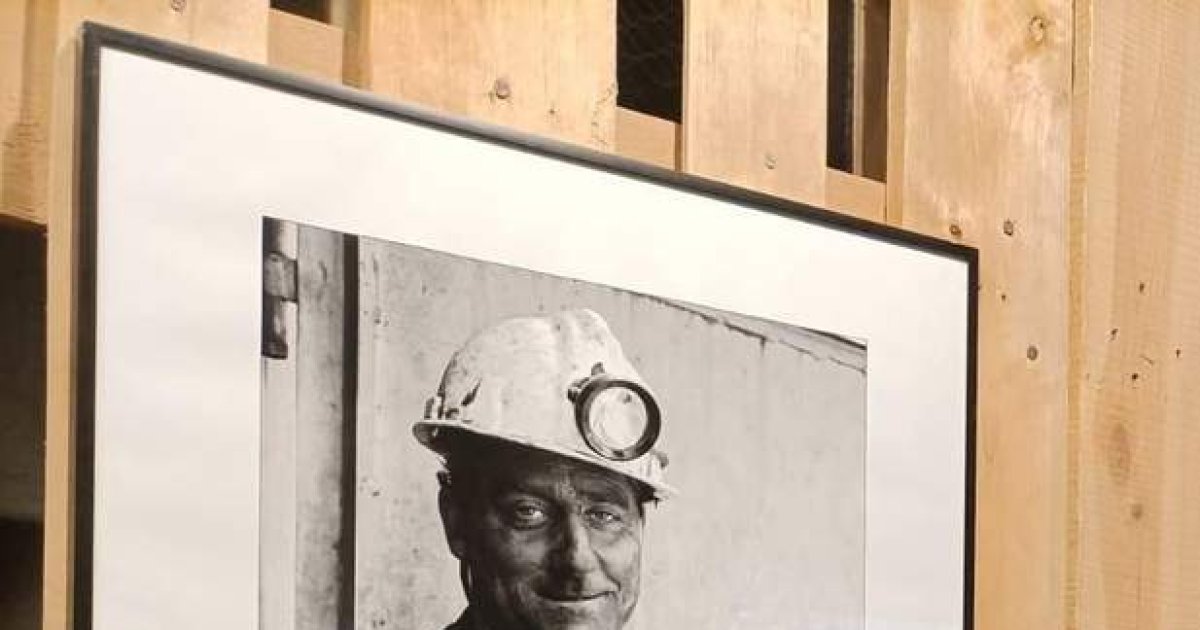Hidden in a corner of International Space Station There’s a very interesting facility: the Cold Atom Laboratory, where atoms can be cooled to -459 degrees Fahrenheit (minus 273 degrees Celsius). Near absolute zero, atoms almost stop vibrating and can reach a state called a Bose-Einstein condensate. This allows researchers to test theories about atoms and their interactions, and now they can use these ultracold atoms to detect changes in their surroundings.
The research uses a quantum instrument called an atom interferometer, which uses atoms to measure forces such as gravity. Although such instruments also exist in landOn the surface of the planet, you have to deal with Earth's gravity, which makes the instruments less sensitive. In the microgravity environment of space, atoms can be measured over longer time periods in a more accurate way, and researchers were able to use the instrument to detect vibrations coming from the space station.
“Reaching this milestone was extremely difficult, and our success was not always a given,” Jason Williams, Cold Atom Lab project scientist at NASA’s Jet Propulsion Laboratory, said in a statement. Launches“It took dedication and a sense of adventure on the part of the team to make this happen.”
Now that the team has demonstrated the use of atom interferometry in space, the technology could be used for all sorts of future applications. These range from testing theoretical models to tracking the movement of water on Earth, and could be used in experiments to help clarify topics like dark matter and dark energy.
“Atom interferometry can also be used to test Einstein’s theory of general relativity in new ways,” said lead researcher Cass Sackett of the University of Virginia. “This is the fundamental theory that explains the large-scale structure of our universe, and we know that there are aspects of the theory that we don’t fully understand. This technology can help us fill in those gaps and give us a more complete picture of the reality we live in.”
The technology is also expected to have practical applications, such as improving aircraft and ship navigation. “I hope that space-based atomic interferometry will lead to exciting new discoveries and groundbreaking quantum technologies that impact everyday life and move us into a quantum future,” said researcher Nick Bigelow of the University of Rochester.
the investigation It is published in the journal Nature Communications.





